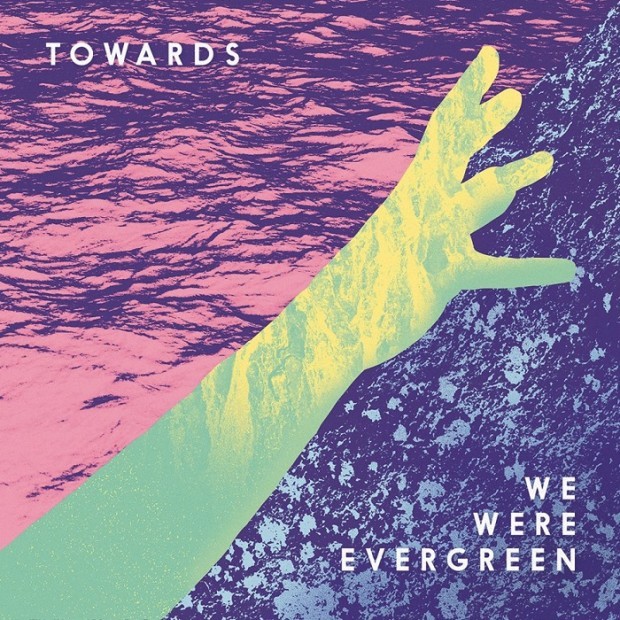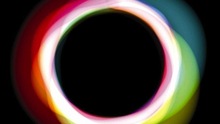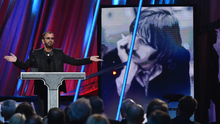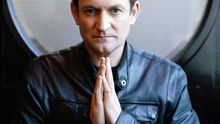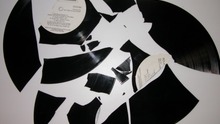Björk’s Biophilia almost certainly represents the most ambitious project ever centered around a single, conventional album; such was the expanse of its investigation into the relationship between music and nature that simply listening to the record in the conventional fashion, without taking everything else into account, feels like sacrilege. The DVD release of this accompanying documentary should put the cap on this particular venture; Björk played her final show in support of the album last September, shortly after When Björk Met Attenborough first aired on Channel 4.
It’s worth pointing out that much of the footage used across the 47-minute feature was originally intended for a more general documentary about the Biophilia project, and indeed that’s what this is; Attenborough shares joint billing, but not equal screen time. What I was personally looking for, when I first tuned in last July, was a little bit of elucidation, both about the motivations behind the record and the specifics of the live show. I was at the very first Biophilia gig - in Manchester back in June of 2011 - and must admit to feeling that the entire thing came over as a little bit of a work-in-progress. There was an array of unusual instruments in use, but no attempt was made to explain how the less obvious ones tied into the concept (the relevance of the tesla coil used to produce a bassline was pretty evident, but everything else required a fair bit of imagination on the audience’s part).
The documentary ties that side of things up pretty well; I only wish they’d have played it to us before the show, with enlightening discussion of how the gravity-operated harp worked on ‘Solstice’, and a demonstration of the one-of-a-kind sharpsichord, an enormous, ‘acoustic’ harp that requires a full day of programming to produce just one minute of music. Elsewhere, there’s explanations - straight from the developer - of the iPad apps produced to accompany each song; some of them, predictably, seem fairly pointless, but a particularly neat touch was footage of a Biophilia educational workshop in Buenos Aires, where children learned how to produce arpeggios using the apps for ‘Thunderbolt’ and ‘Mutual Core’.
Elsewhere, we delve into some of the more cerebral ideas behind the album; attempts to explain the link between crystallisation and the time signatures on ‘Crystalline’ are underdeveloped and therefore confusing, although Björk’s discussion of the origins of her fascination with nature - going back to her school days in Iceland - is engaging, and features some gorgeous shots of her homeland. There’s quite a bit of insight into the relationship between the brain and music, too, with famed neurologist Oliver Sacks interviewed, but it seems to stray too far away from the original concept to be justified; that time might have been spent focusing on the science behind ‘Virus’ or ‘Dark Matter’ (there’s frequent, apparently arbitrary images of galaxies, but no attempt to explore the cuts from the album that actually deal with space).
Concert footage is scarce, too, with snatches of that opening night in Manchester accompanied by a few seconds of the only African Biophilia stop, in Fès, Morocco. For anybody who wasn’t able to catch the tour in person, it’s surely frustrating, especially with a live DVD yet to materialise (last year’s Alexandra Palace performance was reportedly filmed for that purpose). There’s no real chance to see the ‘natural’ instruments in proper action as a result, and will leave most viewers, funnily enough, with a similarly incomplete understanding as I came away with from the actual show itself three years ago.
And then, there’s the segments with Attenborough, at the Natural History Museum. The man is such an institution that you suspect he’d be capable of bringing enthusiasm and intellect to a tax return, and here he covers everything, albeit briefly, from the beauty of mathematics to Benjamin Britten’s Sea Interludes. Björk, for her part, seems awkward around him - presumably starstruck, given comments she’s made in the past - and greets his proclamation that popular music is ‘extremely sexual’ with a deafening silence. The highlight is their trip around the museum’s crystal room, with Björk regressing to excited schoolchild and Attenborough assuming the role of erudite grandfather.
You have to feel that the sheer ambition of Biophilia should have afforded it a more detailed visual document than this; running less than an hour, and with no additional features, it’s likely to leave the uninitiated with a fairly fragmented grasp of the project. It’s difficult, though, not to come away with a genuine appreciation of the intelligence that Björk strives to bring to her music; ultimately Biophilia has only enhanced her standing as one of the world’s most exciting creative talents.
-
6Joe Goggins's Score





